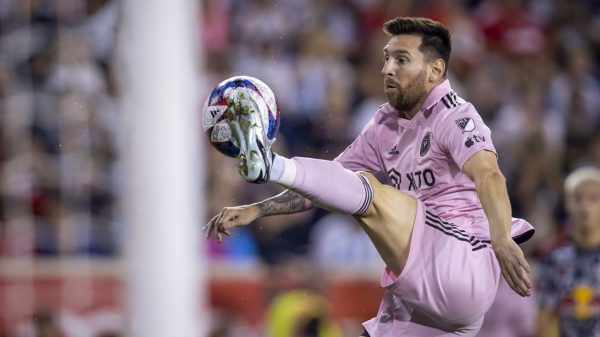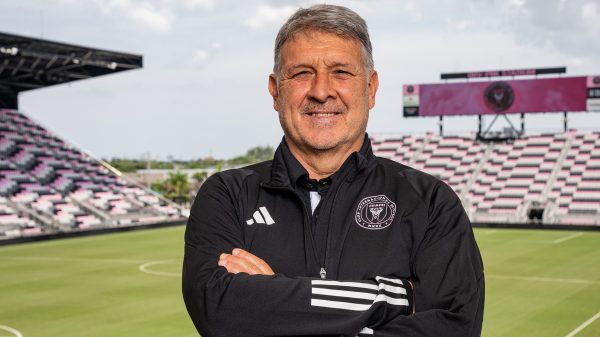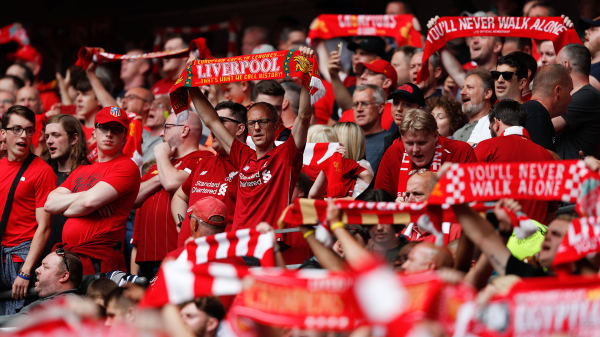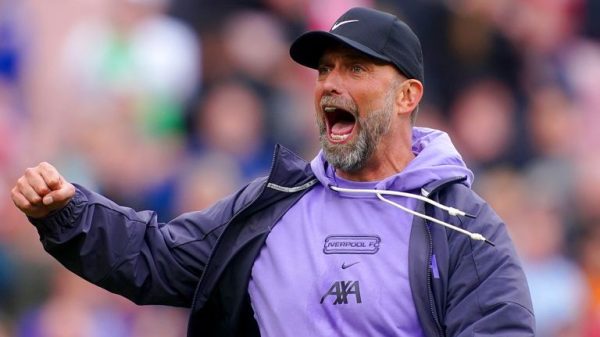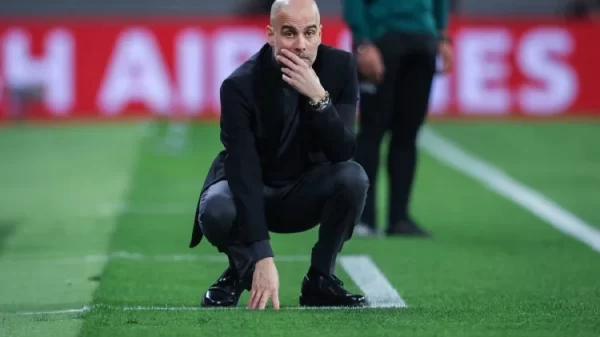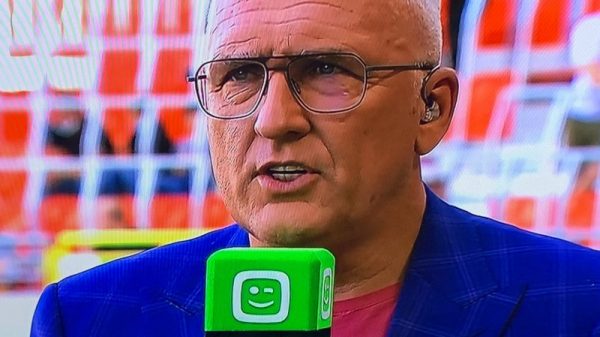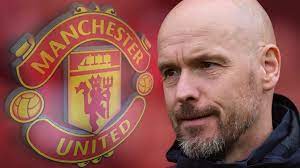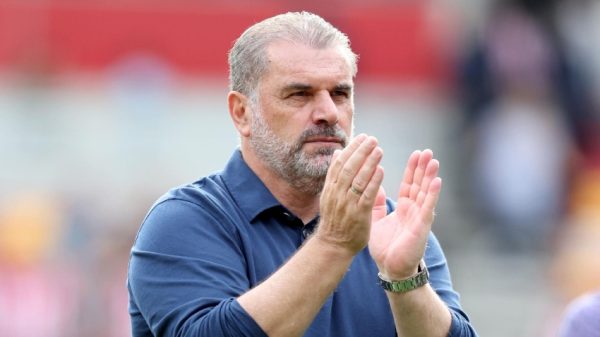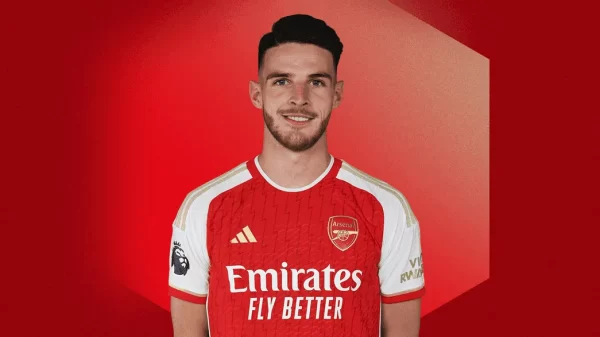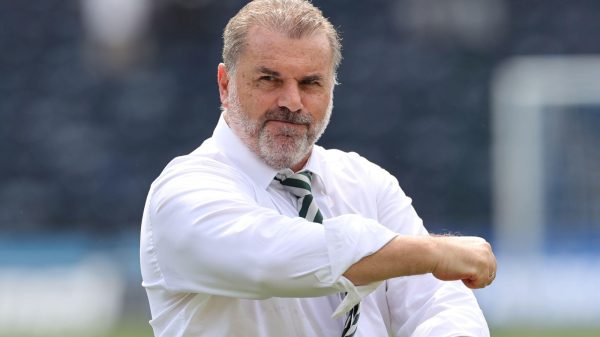The Bills have been busy in free agency, and they’re not done yet
Playing with Josh Allen and being a part of a club that has made five straight playoff appearances has made Buffalo an attractive destination for free agents, despite being far removed from the historic playoff-less stretch that plagued the Bills.
The most notable free agent addition to date is Samuel. The Bills did not expect big-time signings after going over the salary cap by more than $40 million, as general manager Brandon Beane stated at the conclusion of the season.
In spite of this, the Bills have made a number of notable extensions, restructured contracts, made cuts, and added veterans to fill essential positions during the course of the month.
They have added players to both sides of the ball, and they are tied for the most picks in the upcoming draft with 11 coming from next month’s class. However, a lot more work remains to be done.
While a strong draft will be important, Buffalo is used to making late signings as well. When Leonard Floyd was signed by the Bills in June of last year for a one-year contract, it was one of the team’s best free agent acquisitions ever. Tre’Davious White, a cornerback, has been designated as a post-June 1 release, which means that an additional $10.2 million in salary space will become available. This is something to keep in mind.
What are the Bills’ initial takeaways, and where are the gaps still there, considering the substantial work that remains to be done?
Creating cap room
With around a dozen transactions made on March 6, a day that will go down in team history, it all began for the Bills. This involved the return of players like David Edwards, who is presently vying for the left guard position, and the dismissal of several players, including centre Mitch Morse, safety Jordan Poyer, and White.
The Bills have since started the process of assembling this year’s squad and acquiring players for next seasons. Three players who were expected to be among the highest-paid players on the team in terms of cap space—Allen, tight end Dawson Knox, and pass-rusher Von Miller—had their contracts altered in a number of ways to open money for 2024 as part of the budget-cutting efforts.
The two Bills draft selections, left tackle Dion Dawkins and nickel corner Taron Johnson, who inked three-year contracts with the organisation apiece, are another major factor in the extensions. The team’s draft, develop, and re-sign strategy is demonstrated by both transactions, which invest in players who are coming off of successful seasons.
“I’ll recover,” Dawkins declared. “If we’re talking about myself, then I’m planning on more Pro Bowls, more all-pros, more of that. In other words, I intend to consistently be the best version of myself.
Johnson’s contract extension was noteworthy as well since it allows the team to retain a vital part of the secondary even with changes to the backfield.
Wide receiver in the first round?
During the first round of free agency, the Bills added two wide receivers to their roster: Mack Hollins, a one-year contract who will help with special teams and add depth, and Samuel, a three-year pact. These actions do not imply that the team has finished addressing the position or even should have.
Not exactly on the roster is a strong candidate to take up the precise position that Gabe Davis, who is currently with the Jacksonville Jaguars, held. Even though Samuel can line up in a number of areas as a rusher and receiver, he cannot replace Davis. In 2020, with Brady calling plays for the Panthers, Samuel’s reception percentage was 22.5% outside the slot and 53.1% inside.
Samuel described being tutored by Brady as “really just trusting in him to put me in the right spots, the right locations to be the best playmaker I can possibly be on the field.” “And I felt like he did a great job at that.”
With this being a deep receiving class, the Bills will likely want to explore this early in the draft and possibly with multiple picks.
Defensive line depth
The biggest internal free agent addition Buffalo could make was resigning DaQuan Jones to a two-year deal. With a solid starter, it provides the club with continuity in the centre of the defensive line. With just three defensive tackles on the roster—Jones, Ed Oliver, and Eli Ankou—and the necessity for backups and rotations at both slots, more depth is nevertheless required at the position.
On the outside, the Bills made a big move by signing AJ Epenesa to a two-year contract again and adding Casey Toohill to a one-year deal for depth. However, the team still needs to add a reliable edge rusher through free agency or the draft. Buffalo lost Floyd to free agency, and Miller’s performance for the upcoming season is uncertain.
At the NFL combine, Beane stated, “I think now it’s just more [of flashes of his former self] and getting him in a rhythm.” It’s similar to a shooter in that delicate balance. What is the number of shots he needs to start? Von is a shooter from there; he rushes things. What then does he need to get into a lather, keeping in mind that you don’t want him playing 40-45 snaps either at his age.”
Beane made a large draft-day investment on the position.
Things to keep an eye on
The Bills have added veteran talent to fill needy places. Want to re-sign Taylor Rapp and add an experienced safety? Sign Mike Edwards, a veteran, for a single year. With Nicholas Morrow, the team expanded their linebacker room. To a certain extent, the draft becomes more flexible when need-based positions are filled during free agency.
For the defence to maintain a highly valued position in the future, safety is still a critical demand that can be met in a variety of ways. As is the case with many teams, the squad still needs depth at a number of positions, but as the roster is assembled, having veterans at running back and offensive line makes sense.
Whatever the Bills do in the coming month, there is a big draft on the horizon.
“We’re going to need to hit this draft and we need to hit every draft,” Beane said after the season. “Because we’ve talked about all along if you don’t draft well when you get in this cap situation, then it really shows.”


